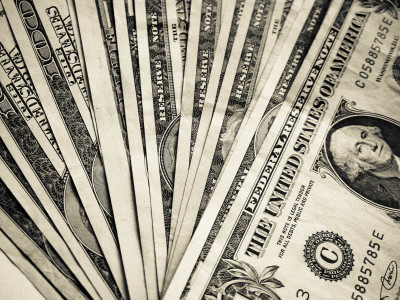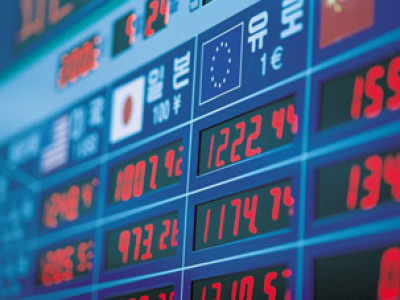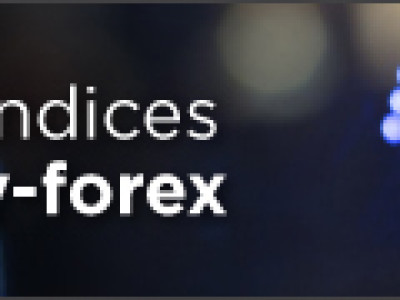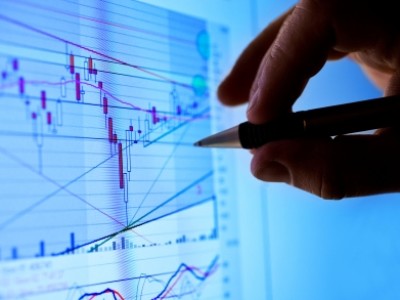Throwback to Black Monday 1987
Black Monday of 1987 refers to October 19, 1987 when global stock markets crashed. It started in Hong Kong then carried onto Europe during the London session and all the way to the United States. The Dow Jones Industrial Average slipped 508 points, which represents a drop of 22.61% – its largest one-day percentage decline to date – wiping out $500 billion in market capitalization.
Prior to the actual Black Monday, US stock markets had already been on the decline the week before. The DJIA was down nearly 9% on October 14 and another 2.4% the following day, followed by another sharp 4.6% tumble on October 16. Markets in London were closed then so liquidity was thin and European traders weren’t able to react to the move until the following Monday when all hell broke loose.
Causes
Some say that the market crash had been a long time coming, a product of multiple economic factors and unprecedented events. After all, the US economy was in the middle of transitioning from strong post-recession growth to moderate expansion in early 1986. This period was characterized by subdued growth and weak inflation, yielding strong gains for the stock market that weren’t likely to be sustained.
In fact, the previous years were remarkably strong ones for the US markets, as the powerful bull market was seen to start all the way back in 1982. At that time, companies had been scrambling to raise capital to buy each other out, leading to a flurry of rash IPOs and questionable acquisitions. This was when the term “leveraged buyout” became popular as companies sold junk bonds to the public in order to shore up capital.
Now these junk bonds are named such because they carry high risk of default. Soon enough, the investing public was caught up in this wave of buying in the belief that there’s no way for the stock market to go but up. As the years went by, the US Securities and Exchange Commission started to pay closer attention to these company dealings to sniff out any shady deals. Right around the same time, the Fed was also making monetary policy adjustments in order to keep inflation in check.
The market reaction to this was slightly negative but it wasn’t long before investors looked into other means to protect their profits. This was when portfolio insurance became popular, as this offered a hedging strategy using stock indices to shield holdings from declines in share prices. As interest rates continued to rise as an effect of Fed strategy, more institutional money managers bought portfolio insurance so the market was getting extremely flooded with potential tripwires leading up to the actual crash.
Triggers
On October 15, Iran had a strike on the American-owned supertanker Sungari, which was near Kuwait’s main oil port. The following day, Iran hit another US-owned ship MV Sea Isle City, bringing geopolitical conflict to the table. UK stock markets were closed on October 16 due to the Great Storm of 1987, which was spurred by a violent tropical cyclone that damaged the Greater London Area.
In addition to this, the SEC was in the middle of investigating and acting upon insider trading, which partly led to the market boom earlier in the 80s. This barrage of investigations was also enough to rattle investors so they were quick to hit the panic button when prices fell, which explains the prevailing market psychology then.
Because of all these global forces, markets opened significantly lower in Monday’s Asian trading session. To make matters worse, markets in other economies were also at the same point in their bull market so a reversal seemed inevitable.
Analysts have noted that the very crash itself was spurred by program trading in which computers sell stocks aggressively and quickly based on market signals or external inputs – something that has also been largely blamed for more recent flash crash events. In particular, these programs were made to automatically liquidate holdings when certain levels were hit so this mass liquidation of positions seemed unstoppable then.
With volume significantly weaker than usual and a number of risk-off factors in place, these trading programs likely triggered several short orders that were caught on by other traders and programs, thereby exacerbating the decline that day. It was because of this event that regulators decided to put “circuit breakers” in place to halt trading in the event of a significantly sharp crash, preventing it from erasing more market value within the day.
Unfortunately, in 1987 there were no such measures in place yet so the market tumble didn’t just last for the week but carried on until the end of the month. By the end of October, the Hong Kong stock market was down 45.5%, the Australian market closed 41.8% lower, the UK market was down 26.45%, the US market ended 22.68% down, and Canada’s market shed 22.5%.
Still, this paled in comparison to New Zealand’s market, which fell 60% from its peak that year. This was worsened by high interest rates that were in place then, especially since the Reserve Bank of New Zealand stubbornly refused to ease monetary policy in reaction to the market crisis. Central banks in other countries such as Germany, Japan and the US quickly made adjustments to liquidity in order to prevent a full-blown recession.
Comparisons
These days, the markets may not be immune from flash crashes, such as the one we recently saw involving the British pound. Even with circuit breakers in place, a combination of adverse market factors and trading psychology, as well as trading algorithms, could lead to sharp declines.
In contrast to previous crashes, though, the market reaction is no longer as prolonged as it used to be. The sharp drop in the British pound, although large, was confined mostly to the trading session instead of carrying for an entire day or week. For one, the quick circulation of information over the internet might enable traders to identify the causes whether the crash is likely to last or not.
The post Throwback to Black Monday 1987 appeared first on Forex.Info.
Source:: Throwback to Black Monday 1987










